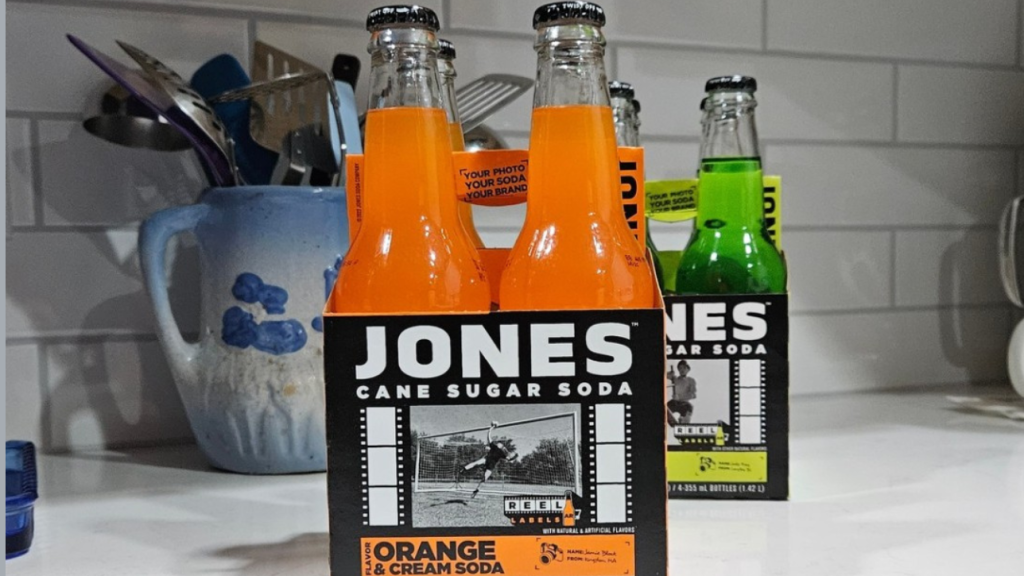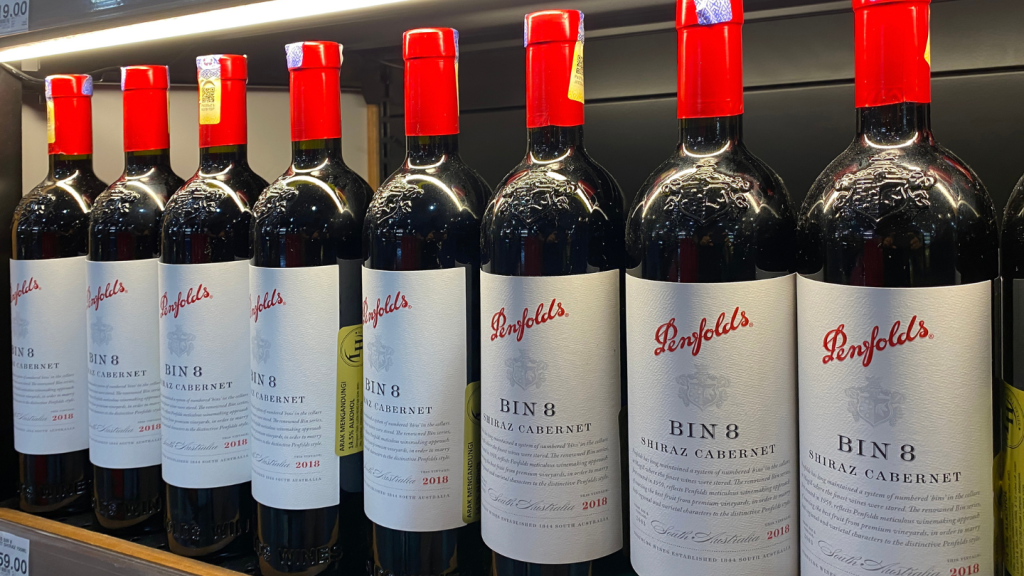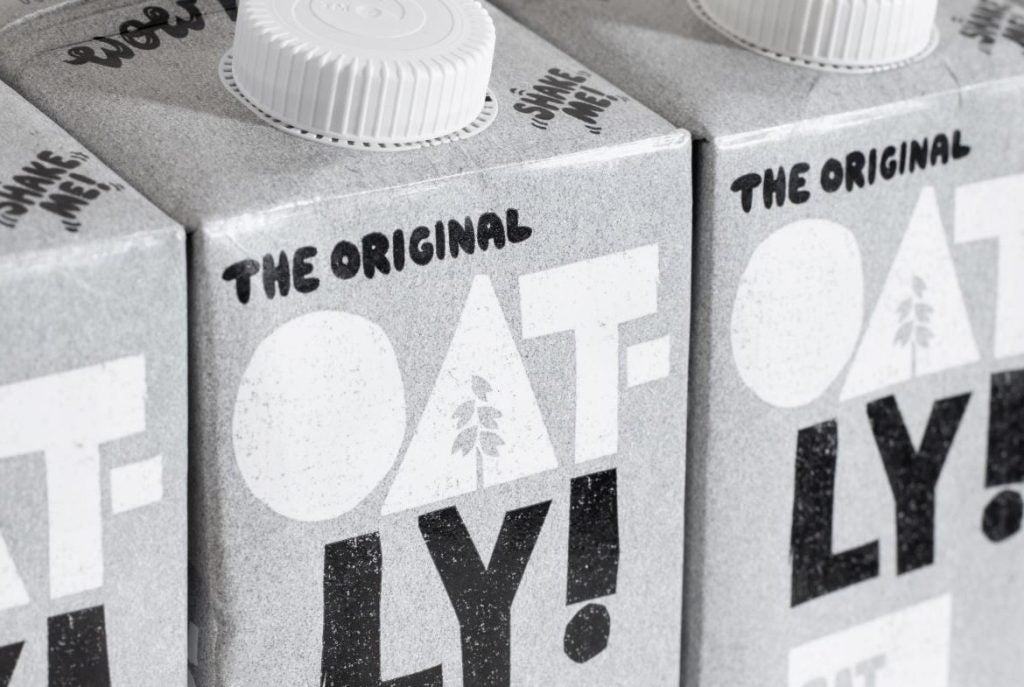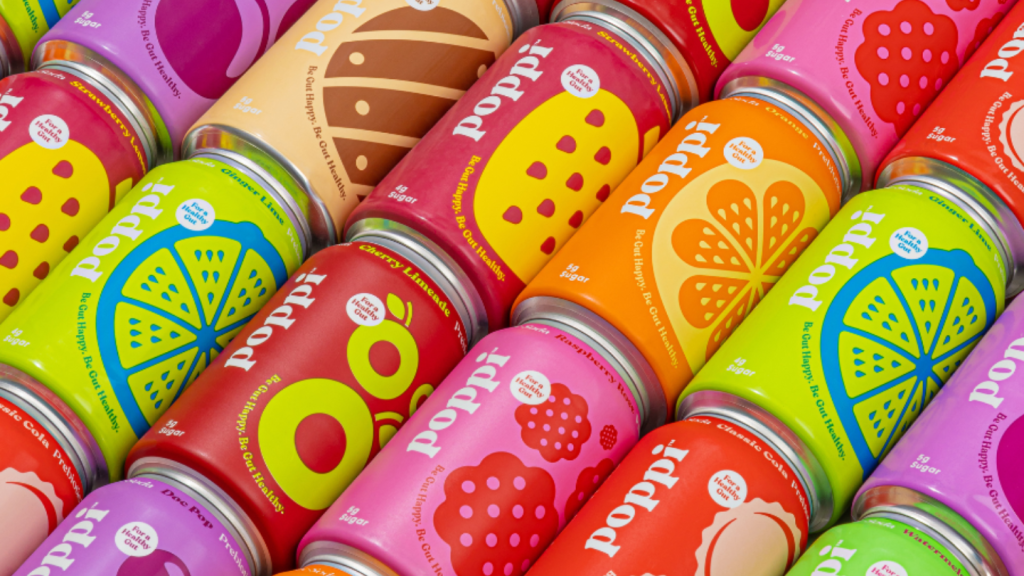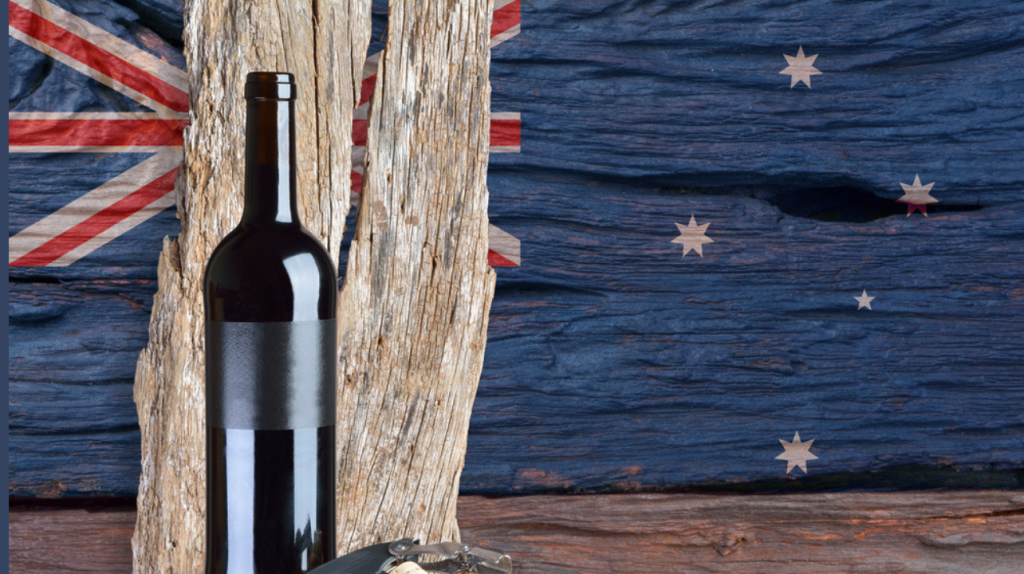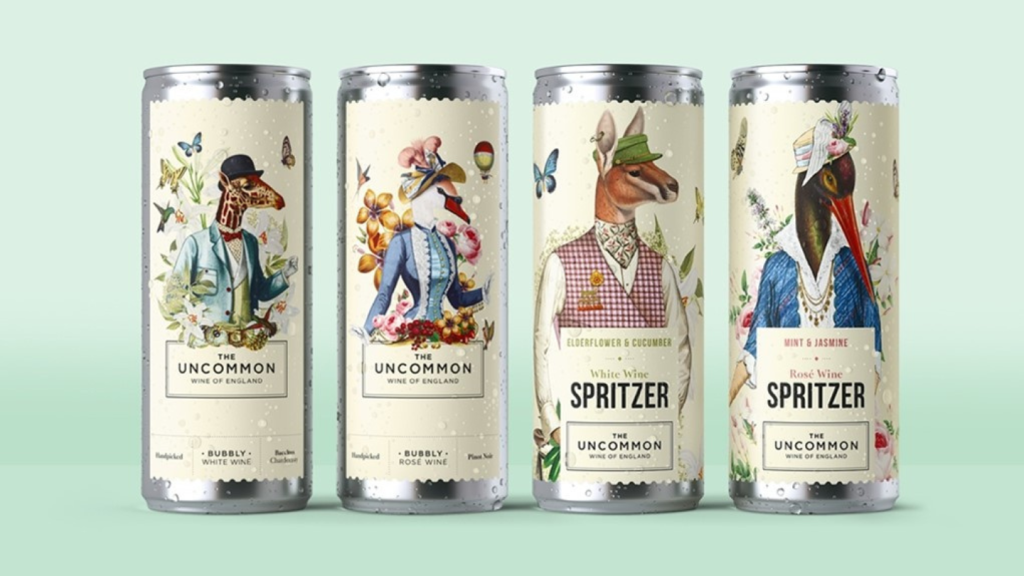Alongside our daily news coverage, features and interviews, the Just Drinks news team sifts through the week’s most intriguing data sets to bring you a roundup of the week in numbers.
This week we analysed the Netherlands' falling beer sales, took a deeper look at Jones Soda's financial metrics after its CEO said he saw profitability on the horizon this year and dug into the UK's grocery inflation as prices continue to ease.
Oatly accumulates EBITDA losses
Alt-milk producer Oatly’s EBITDA losses have failed to improve in line with sales progress, results show.
In the fourth quarter to 31 December, the Nasdaq-listed company’s EBITDA losses widened to $228m, from $111.2m a year earlier. Adjusted EBITDA loss shrank to $19.2m from $60.4m, meanwhile.
Losses before tax also widened, to $293.1m from a $121.9m loss.
Adjusted EBITDA guidance for 2024 was more positive, albeit still in negative territory, with the company outlining losses in the range of $35 to $60m.
Alongside its results, Oatly revealed it booked a hefty impairment charge related to last year’s decision not to proceed with the construction of three manufacturing plants.
CEO Jean-Christophe Flatin said in the results commentary this week (15 February) for the 2023 financial year that Oatly’s focus for the new season was on its “top priority of driving toward profitable growth”.
However, the decision to abandon plans for additional sites in Peterborough, in the UK, another in the US city of Fort Worth and a third in China, has come at a cost.
Netherlands loses taste for beer
Beer sales fell in the Netherlands in 2023 while the number of breweries dropped for the first time since 2001, data shows.
Total beer sales in 2023 amounted to 11.56m hectolitres, marking a 5.6% fall from 2022 and even less than the pre-Covid 2019 figure of 12.13m hectolitres, according to a report from the association Nederlandse Brouwers.
Pilsner, which forms the majority of the country’s consumption, fell from 9.67m hectolitres in 2022 to 9.04m hectolitres in 2023.
Sales of lager and beer mixes – such as radlers – fell by 6.5% and 15.2% respectively, which the Dutch brewers’ association attributed to bad weather last summer and increasing inflation.
Meanwhile, non-alcoholic beer was described as the “growth driver of beer sales over the past ten years” as its sales “increased by 555% between 2010 and 2022”, according to Nederlandse Brouwers.
UK food, drinks prices extend easing streak
January saw a notable decline in UK food prices, which fell on a monthly basis for the first time since September 2021.
For food alone, the CPIH measure compiled by the Office for National Statistics (ONS) dropped 0.4% last month compared to January 2023. The index was also down by the same magnitude when non-alcoholic beverages are included, versus a 0.6% increase a year earlier.
In the whole UK grocery segment encapsulating food and soft drinks, the annualised rate of CPIH inflation eased for a 10th straight month, having broken through the double-digit barrier in November.
There was also a bright note for alcoholic beverages and tobacco, albeit CPIH prices for those categories remained in double-digit territory – 12.2% in January versus 12.8% in the same month last year. They eased to 2.2% from 2.7% on a monthly basis.
Despite the further easing in UK grocery prices, the ONS once again flagged, as it has in the past few months, that costs are still historically high in comparative terms.
“The overall price of food and non-alcoholic beverages rose by around 25% over the two years between January 2022 and January 2024. This compares with a rise of around 10% over the preceding ten years,” it said.
Jones Soda confident in 2024 profitability turnaround
Jones Soda has said it will be profitable by the end of the year as it sets itself “aggressive growth targets”, its CEO said.
It comes amid a years-long fight for profitability for the Seattle-headquartered soda company, whose brands include Jones Soda and Lemoncocco as well as a cannabis-infused beverage line Mary Jones.
Speaking to Just Drinks this week, CEO and president David Knight said: “We’ll be profitable by Q3, Q4 this year.
“We made great improvements on our margins side. Now it’s about getting scale so we can leverage our overhead.
“We were close to breakeven [at the] end of last year. We’ll be profitable I would say Q3, Q4 this year.”
In the third quarter to 30 September, Jones Soda posted a revenue of $4.5m, down from $4.8 year on year and a net loss of $0.9m, an improvement compared to its net loss of $1.7m in its third quarter of 2022.
In 2022, as a whole, the company generated revenue of $19.1m, up 29% on a year earlier. It booked a net loss of $6.4m.
[Link src="https://www.just-drinks.com/interviews/i-think-they-just-lost-sight-of-some-of-the-basics-jones-soda-ceo-david-knight-on-rejuvenating-us-soda-business/" title="Read Just Drinks' reporter Conor Reynolds' full Q&A with Jones Soda here" font-size="20px"]France’s wine, spirits exports remain above average despite 2023 dip
The value of France’s alcohol exports remained above the ten-year average in 2023, despite a drop in both value and volume.
The value of France’s wine and spirits exports fell 5.9% to €16.2bn ($17.4bn), according to data from The French Association of Wine and Spirits Exporters (FEVS).
Volumes fell by more than 10%, as inflationary pressures and a decline in consumer demand hit sales.
But the value of exports has remained high since 2021, steadily increasing from a 2014 low of €10.7bn.
“This 2023 result, albeit declining, remains the second best figure in the sector, despite a challenging year marked by continued international tensions and significant inflation,” Gabriel Picard, the president of FEVS, said.
“2023 remains marked by high inflation and a decline in consumption, linked in particular to the decrease of disposable incomes. In this context, the reduction of overstocks in some markets – notably in the US – has resulted in a decrease of wine and spirits exports in volume.”
Picard added the declining volumes were a “wake-up call” for exporting companies.
RTDs fuel Australia’s alcohol consumption
Ready-to-drink (RTD) alcoholic-beverage consumption doubled between 2020 and 2023 in Australia, data suggests.
In 2020, around 10.8% of Australians drank RTDs within a typical four-week period, rising to 21% - or 4.3m people – in 2023, according to data from market-research agency Roy Morgan Research.
In the year ending September 2023, roughly 14m Australians of legal drinking age (18+) consumed alcohol. This marked an increase of 1.8% compared to the year ending March 2020.
Wine consumption also grew slightly, while beer remained flat. Estimated consumption of spirits declined between 2020 and 2023, returning to pre-pandemic levels after a Covid-driven “spike”, Roy Morgan Research said.


